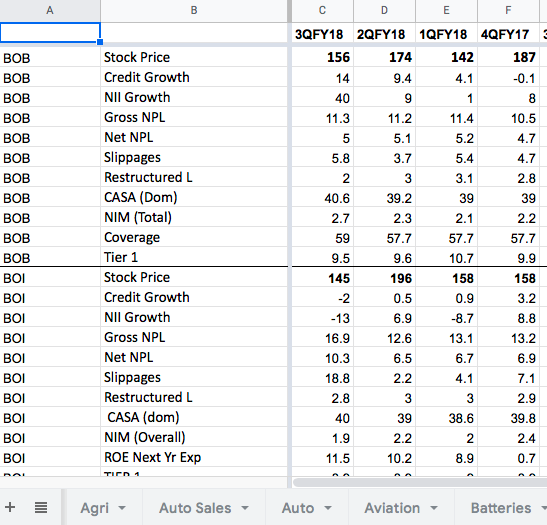
MARS: 4th largest privately held company in US.
It’s the largest pet care company in the world. Confectionary/Chocolates, technically, is not their primary business.
Bought Wrigley’s in 2008 for $23 BN.
1/4

It’s the largest pet care company in the world. Confectionary/Chocolates, technically, is not their primary business.
Bought Wrigley’s in 2008 for $23 BN.
1/4


MARS paid $11 BN itself. $ 5.7 BN debt was raised from Goldman.
Buffett invested $4.4 BN in bonds at 11.45%. And $2.1 BN in Wrigley’s preferred stock at 5%.
2/4
Buffett invested $4.4 BN in bonds at 11.45%. And $2.1 BN in Wrigley’s preferred stock at 5%.
2/4
Buffett’s total returns on the bonds alone was 72% when MARS repurchases the bonds at a premium (15.45%) 5 years later.
MARS also bought the regular stock at $4.5 BN (Investment of $2.1 BN). It had already paid $840 MN in dividends.
3/4
MARS also bought the regular stock at $4.5 BN (Investment of $2.1 BN). It had already paid $840 MN in dividends.
3/4
That’s some deal making by Buffett.
But what’s more impressive is the confidence that MARS has in its business to pay such premiums to Buffett & resist the temptation to go public.
(End)
But what’s more impressive is the confidence that MARS has in its business to pay such premiums to Buffett & resist the temptation to go public.
(End)
• • •
Missing some Tweet in this thread? You can try to
force a refresh






